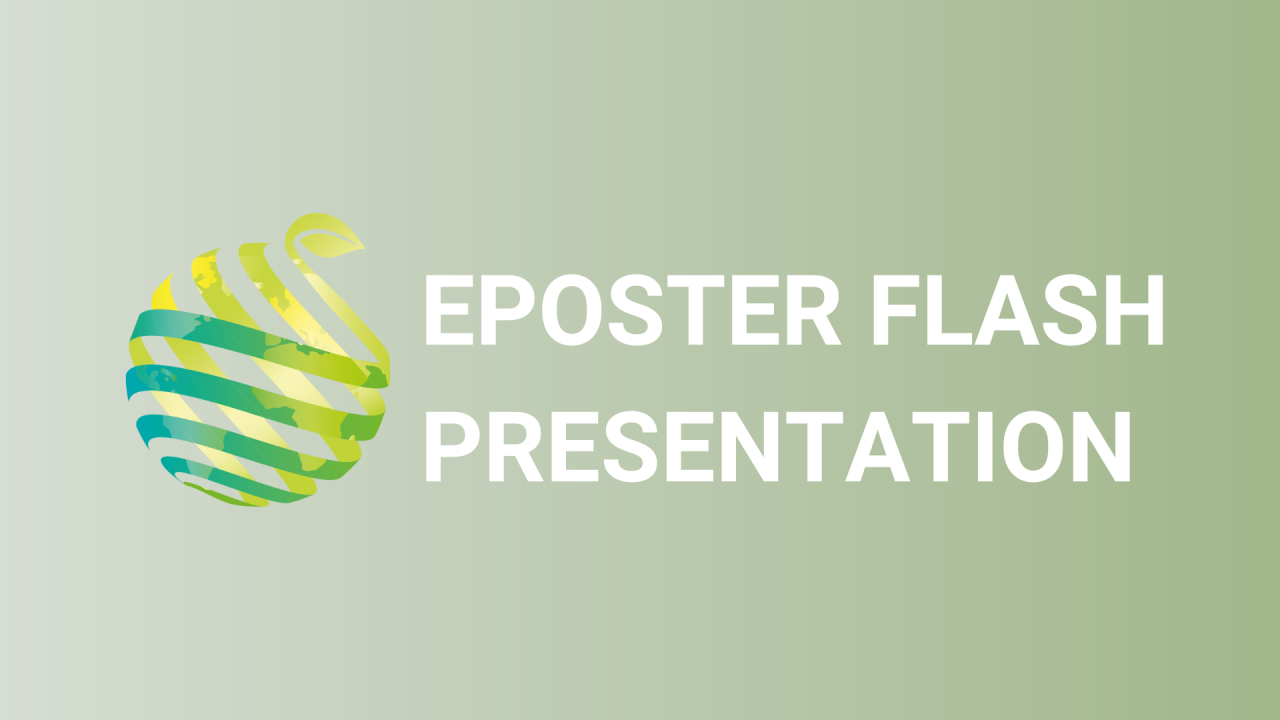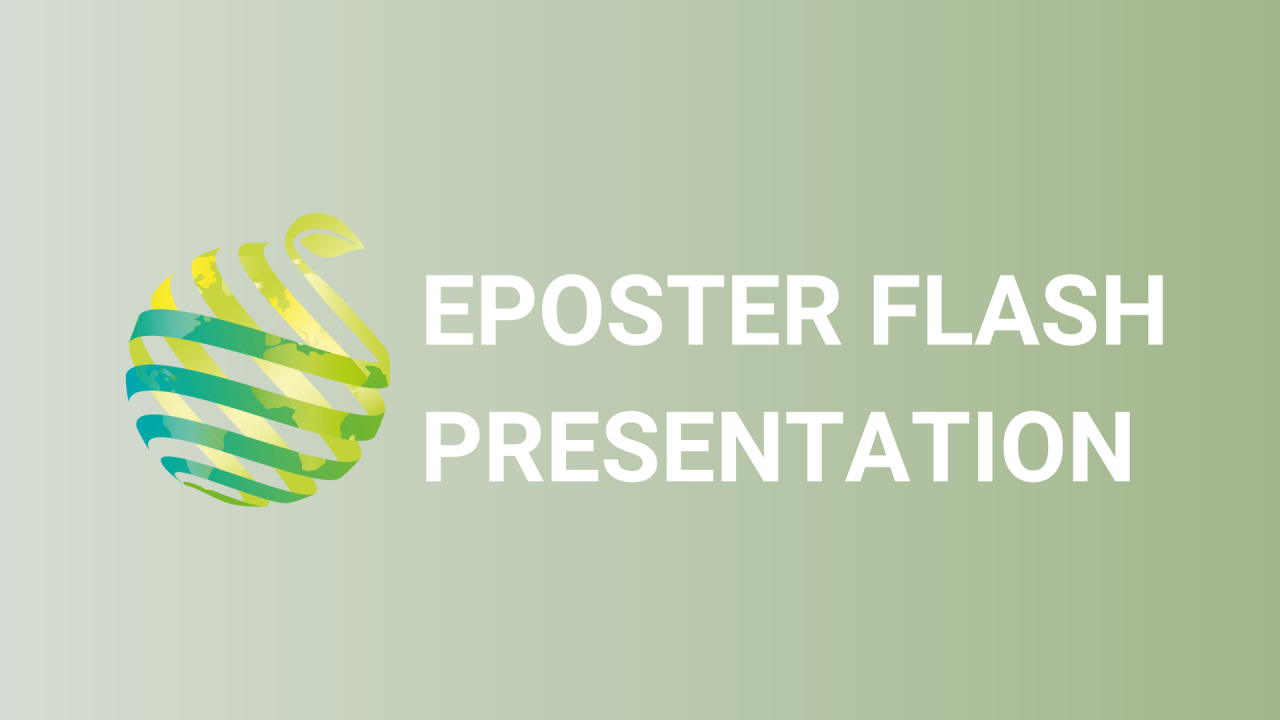

S06 - Session P15 - Innovations in supplementary light in horticulture - Effects of far-red light irradiation and its timing on the flowering in Phalaenopsis amabilis
Information
Authors: Yogendra Magar Gharti, Arisa Noguchi, Sumihisa Furufuji, Wakanori Amaki
Phalaenopsis is one of the Orchidaceous plants in high demand as pot-plant in Japan. The flowering physiology has been energetically studied since the 1970s, and the effects of cultivation temperature, amount of solar radiation, fertilizer application management, etc. on the growth and flowering have been clarified. It has also been clarified that the light quality of the irradiation light also affects the flowering of Phalaenopsis , that is, red light promotes the flowering. In this study, we investigated the effect of far-red light irradiation on the flowering of Phalaenopsis . For the experimental material, Phalaenopsis amabilis , which is one of the important breeding parents of the current commercial cultivars and is also used for commercial cultivation, was selected. Firstly, they were cultivated in a closed environment for 5 years using blue, green, red, and far-red light emitting diodes (LEDs), using white fluorescent lamps as control. A comparison of the 5-year cumulative flowering reactions showed that the flowering was most promoted under the red light and least inferior under the green light. Surprisingly, although the far-red LED irradiation light is not effective for photosynthesis, the flowering reaction under far-red light like to that under the blue light was observed, and it was expected that the flowering promotion effect of the far-red light was different from that of the red light. Secondary, we investigated the effects of far-red LED supplemental lighting under common greenhouse cultivation. When the effect was verified by supplementing the greenhouse-grown plants with far-red LED light, the supplemental lighting for 4 hours at midnight was ineffective, but the end of day (EOD) irradiation for 4 hours clearly promoted flowering. This result is considered to lead to a new flowering promotion technology of Phalaenopsis .